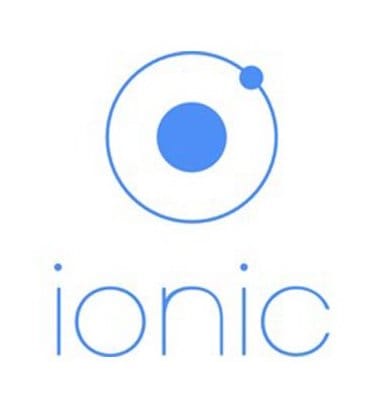
In this tutorial, we will show you how to install Ionic Framework on CentOS 8. For those of you who didn’t know, Ionic Framework is a popular and widely adopted framework for building mobile applications. It allows developers to create hybrid apps that can run on multiple platforms, including iOS, Android, and the web, using a single codebase. Ionic Framework leverages web technologies like Angular and Cordova to provide a seamless development experience and access to native device features.
This article assumes you have at least basic knowledge of Linux, know how to use the shell, and most importantly, you host your site on your own VPS. The installation is quite simple and assumes you are running in the root account, if not you may need to add ‘sudo‘ to the commands to get root privileges. I will show you the step-by-step installation of the Ionic Framework on CentOS 8.
Prerequisites
- A server running one of the following operating systems: CentOS or RHEL-based such as Rocky Linux and AlmaLinux.
- It’s recommended that you use a fresh OS install to prevent any potential issues.
- SSH access to the server (or just open Terminal if you’re on a desktop).
- A
non-root sudo useror access to theroot user. We recommend acting as anon-root sudo user, however, as you can harm your system if you’re not careful when acting as the root.
Install Ionic Framework on CentOS 8
Step 1. First, let’s start by ensuring your system is up-to-date.
sudo dnf install epel-release sudo dnf update
Step 2. Installing Node.js.
Ionic required Nodejs to be installed on your system. Run the following command to install Node.js:
curl -sL https://rpm.nodesource.com/setup_16.x | bash - sudo dnf install nodejs
Verify the installation by running the following commands to check the Node.js and npm versions: node -v npm -v
Step 3. Installing Cordova.
Run the following command to install Cordova:
sudo npm install -g cordova
Step 4. Installing the Ionic Framework on CentOS 8.
Now use the NPM command to install the Ionic framework on your system:
sudo npm install -g ionic
After successful installation, you can check the Ionic version:
ionic -v
Step 5. Create an Ionic Application.
First, create a new Cordova project on your computer using the following command:
ionic start Hellomeilana blank
Now use one of the following commands to enable iOS or Android platform:
ionic platform add ios ionic platform add android
Ionic allows you to test your application on various platforms using the Ionic DevApp or by building the app for specific platforms. Refer to the Ionic documentation for detailed instructions on testing and deploying your application.
Congratulations! You have successfully installed the Ionic Framework. Thanks for using this tutorial for installing Ionic Framework on your CentOS 8 system. For additional help or useful information, we recommend you check the official Ionic Framework website.